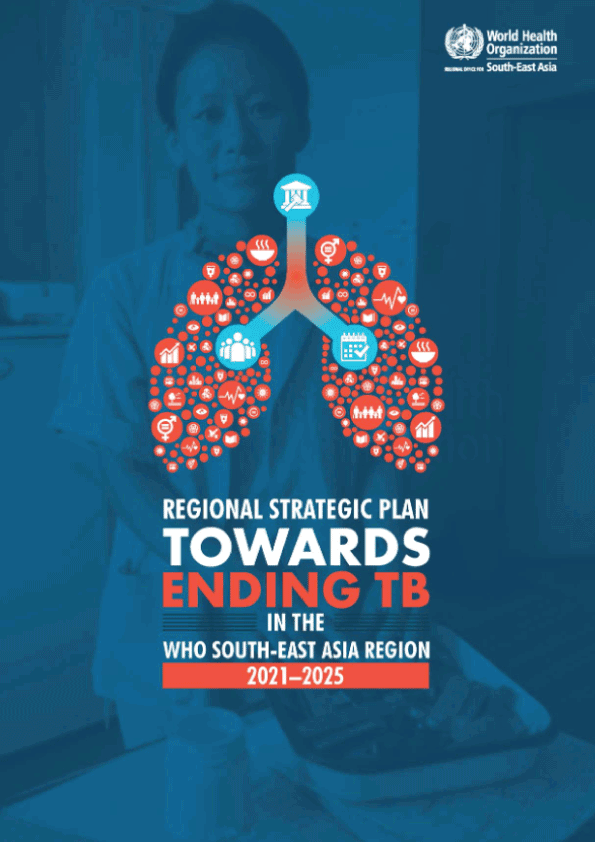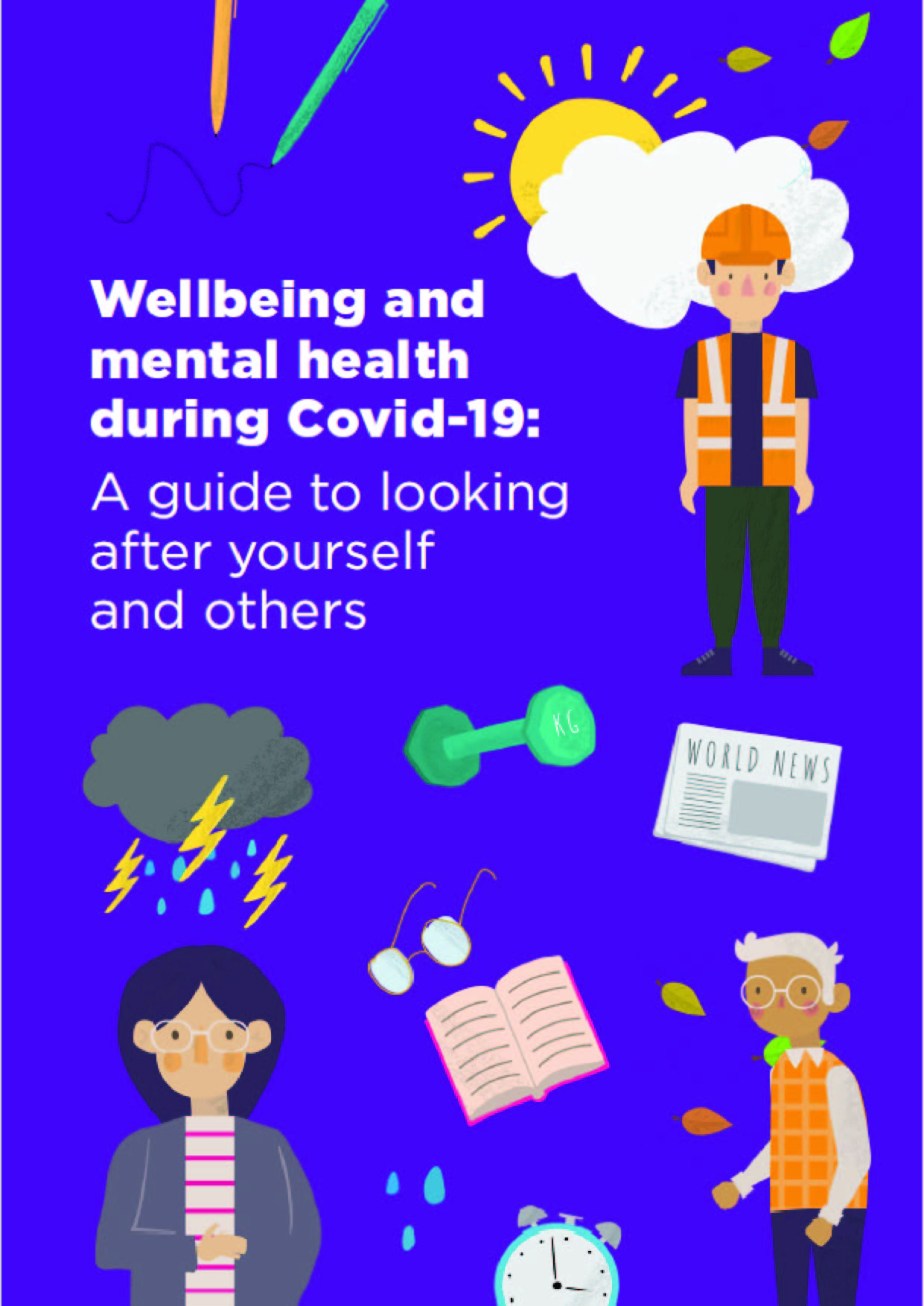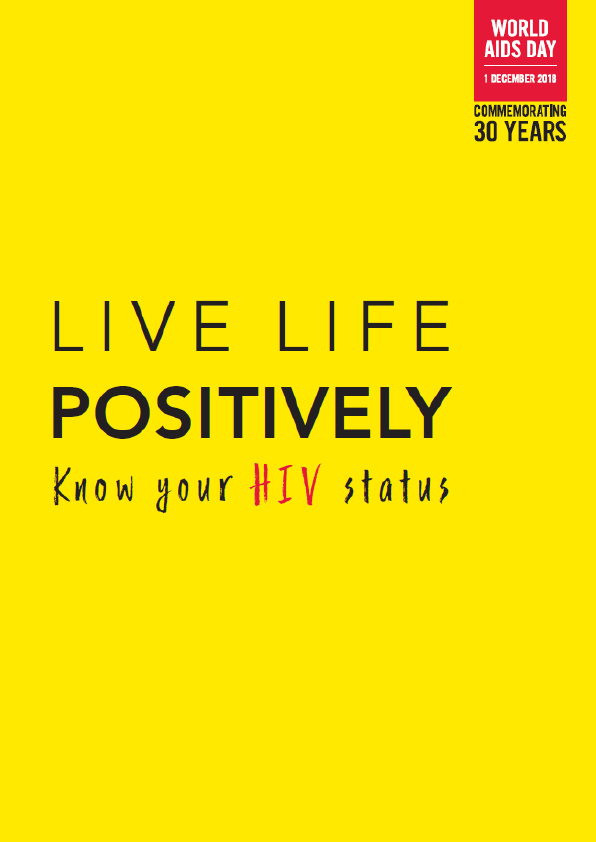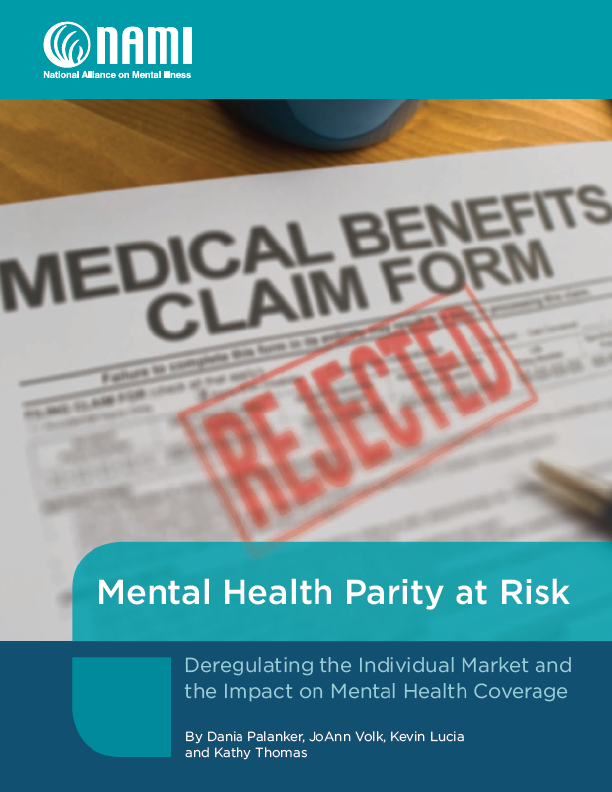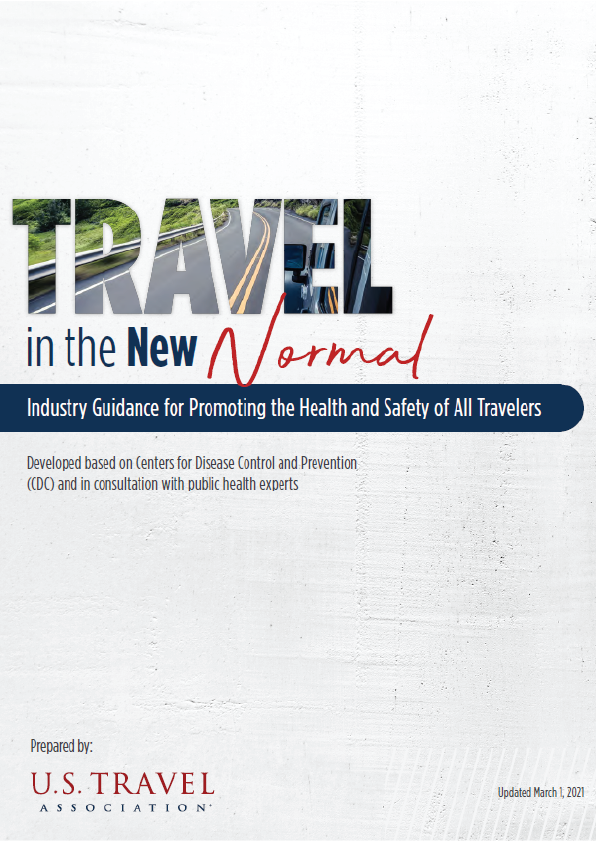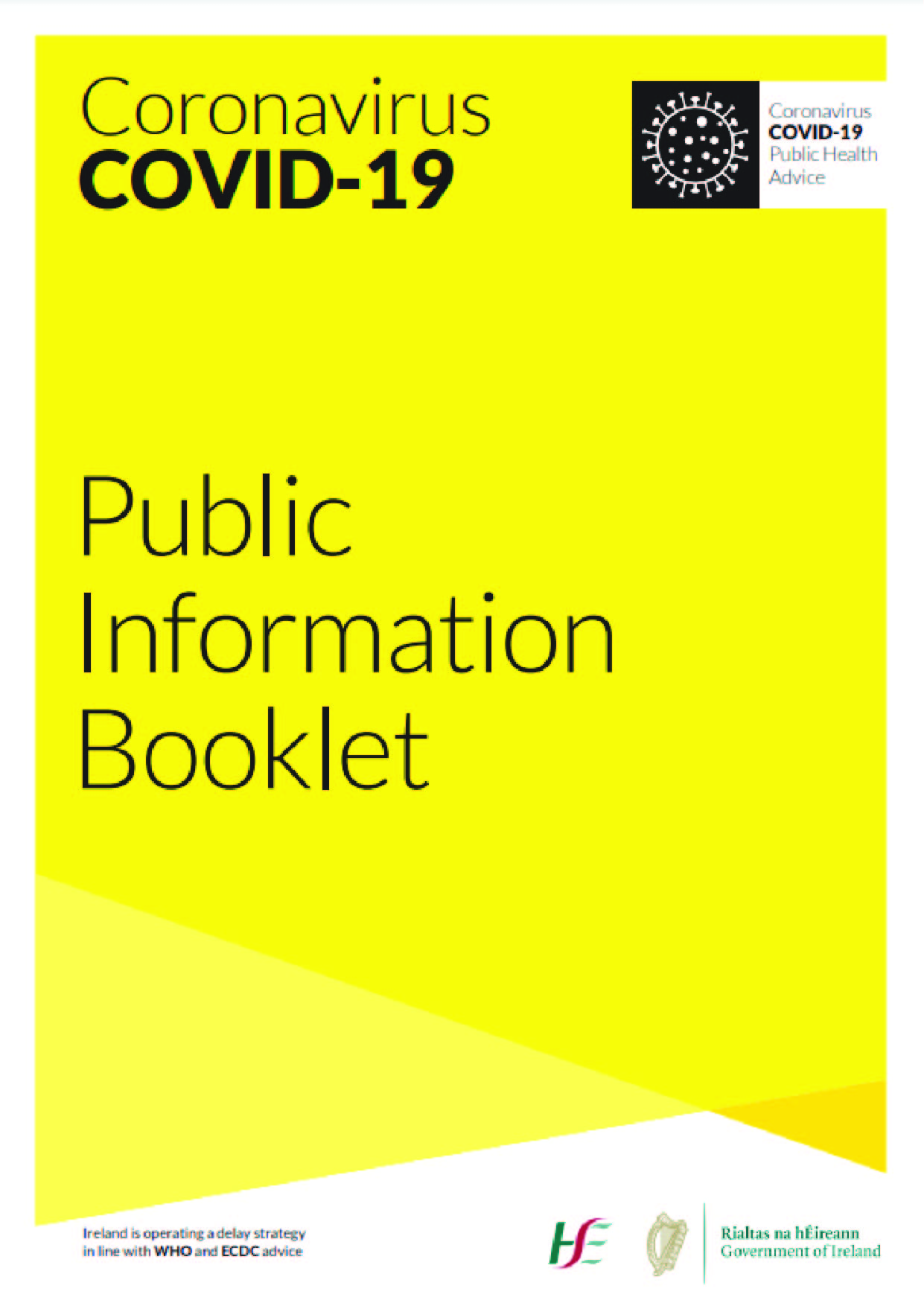Background
In 2019, an estimated 9.96 million people fell ill with tuberculosis (TB) worldwide. The largest number of new TB cases occurred in the World Health Organization (WHO) South-East Asia (SEA) Region, which accounted for 44% of such cases. The SEA Region also accounted for nearly 50% of global deaths due to TB in the same year. In addition, the Region has the largest proportion of persons with multidrug-resistant/rifampicin-resistant (MDR-/RR)-TB (37% of the global burden).
Of the new cases emerging in the Region, close to 23% were attributable to undernutrition. Other major contributors were HIV infection, alcohol use disorders, smoking and diabetes mellitus. Undernutrition is a major risk factor in almost all countries; HIV is a major risk factor in Myanmar and Thailand; alcohol use disorder in India and Thailand; tobacco smoking in Bangladesh, Indonesia, Nepal, Thailand and Timor-Leste; and diabetes mellitus in Bangladesh, Bhutan and Maldives.
While TB has been a public health emergency in the SEA Region for decades, the COVID-19 pandemic has eroded progress, diverted critical resources and aggravated the conditions in which TB flourishes. The gaps in case notifications were further exacerbated during the COVID-19 pandemic. Preliminary data released by WHO show that high-burden countries may have seen a decline in TB case notification of as much as 25–40% in 2020 in the SEA Region. The main drivers of the additional “missing” cases were COVID-19-related movement and travel restrictions, overburdened health systems and limited presentation in health settings by patients due to fear to acquiring COVID-19 infection. Worldwide, in the group of 10 high-burden countries with the largest reported shortfalls compared with 2019, the overall shortfall was 28%. WHO estimates that these COVID-19-related disruptions in access to TB care could cause an additional half a million deaths due to TB globally.
High-level global and regional events that reaffirmed commitments towards ending TB
The Delhi Call for Action 2017 had the highest government representation from Member States of the Region. It brought together health ministers to garner political commitment for efforts to “bend the curve” and achieve the 2030 targets.
In the same year, the Moscow Declaration to End TB, adopted in a global ministerial conference attended by 114 country delegations, called for an increase in multi sectoral action and enhanced accountability for the global TB response through sustainable financing; pursuit of science, research and development; and establishment of a multi sectoral accountability framework towards ending TB by 2030.
The Delhi End TB Summit 2018 brought together Member States of the Region to track progress towards the End TB 2030 targets. The Summit led to the issuance of a Statement of Action.
The UN General Assembly High-Level Meeting “United to End Tuberculosis: an urgent global response to a global epidemic” committed to greater efforts and investments towards the Sustainable Development Goals (SDGs) and elimination targets of 2030. The Political Declaration of the UN High Level Meeting (UNHLM) included four new global targets:
- Treat 40 million people for TB disease in the 5-year period 2018–2022.
- Reach at least 30 million people with tuberculosis preventive treatment (TPT) to treat TB infection in the 5-year period 2018–2022.
- Mobilize at least US$ 13 billion annually for universal access to TB diagnosis, treatment and care by 2022.
- Mobilize at least US$ 2 billion annually for TB research.
Overview of the Regional Strategic Plan
This Regional Strategic Plan (RSP) towards Ending TB in the WHO SEA Region 2021–2025 is in line with the global targets enshrined in the End TB Strategy, which calls upon Member States for an 80% reduction in the TB incidence rate by 2030 (compared with the 2015 baseline); 90% reduction in TB deaths by 2030 (compared with 2015); and 100% TB-affected families protected from facing catastrophic costs due to the disease from 2020 onwards.
The RSP identifies that broadly, there are three categories of barriers that need to be addressed to achieve the End TB targets: (i) health-care system barriers, which relate to the availability, quality of services and people’s trust; (ii) sociocultural barriers, inclusive of stigma and discrimination that get compounded by lack of awareness; and (iii) financial barriers, which include direct and indirect costs for the patient. In the immediate future, countries should also plan to overcome the additional service disruption challenges posed by restriction of movement during the COVID-19 pandemic. Countries will need to come up with catch-up plans to diagnose and treat missed cases, as well as restore community outreach activities. Countries should undertake care-cascade analysis to identify country specific barriers with a specific focus on COVID-19-related impact for immediate needs.
Modelling exercises undertaken by the Regional Office in collaboration with international partners emphasize the need for a comprehensive set of interventions to be implemented to achieve the End TB targets. Based on the challenges faced in the Region and the modelling outputs, this Regional Strategic Plan, in alignment with the Global End TB Strategy, has five objectives.
